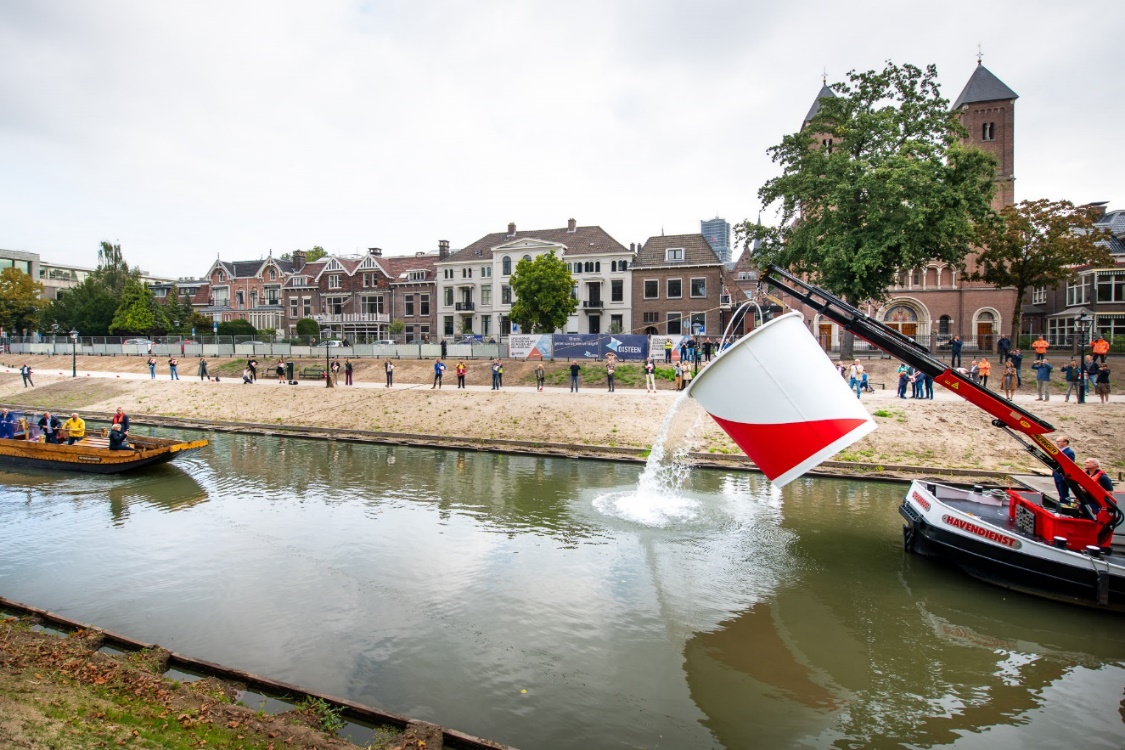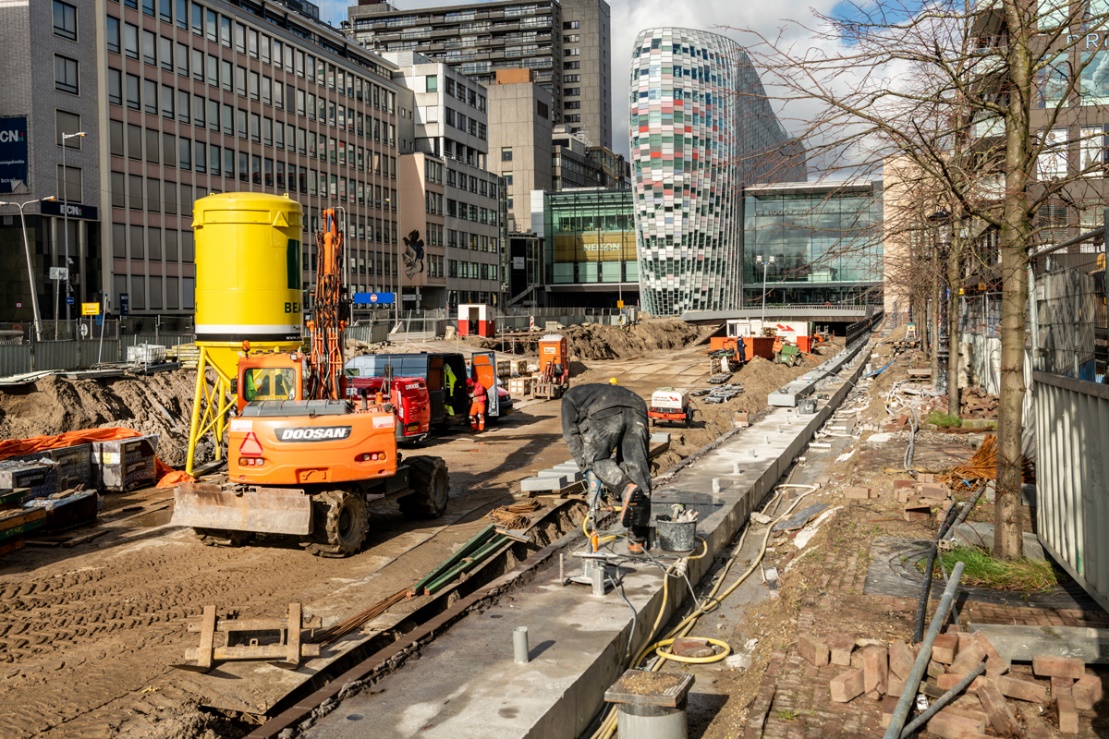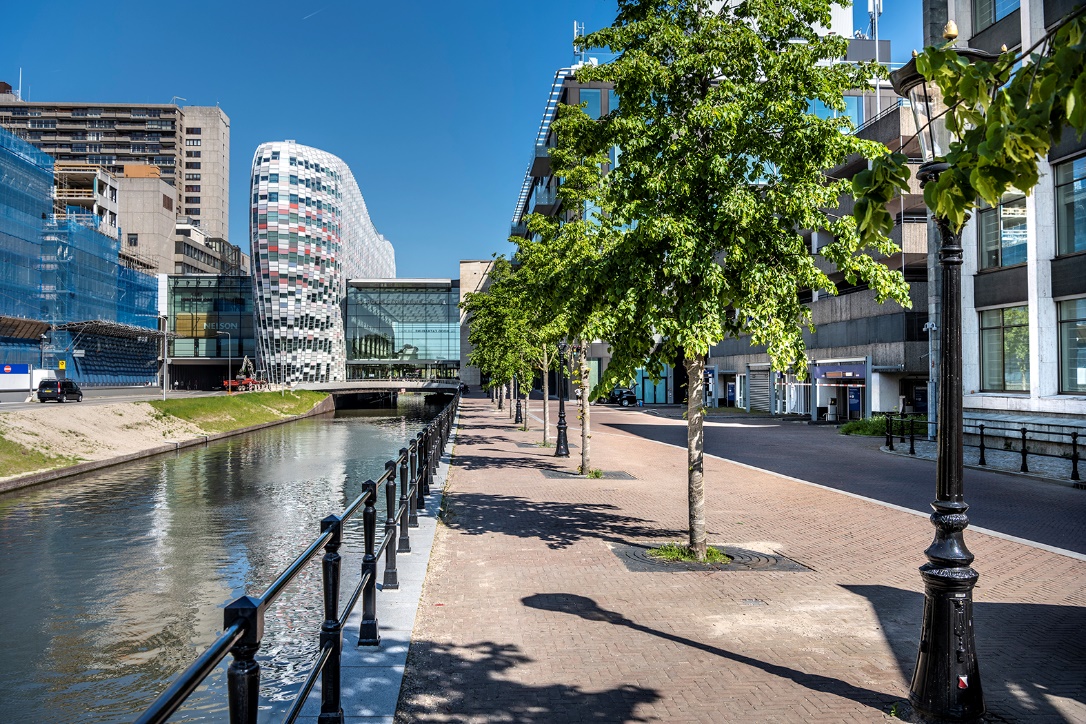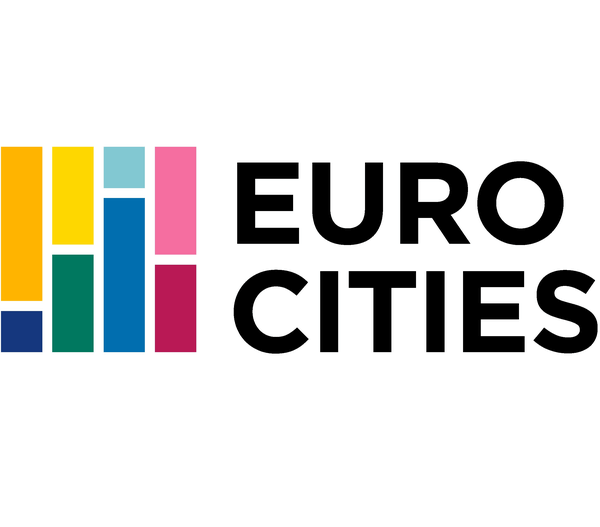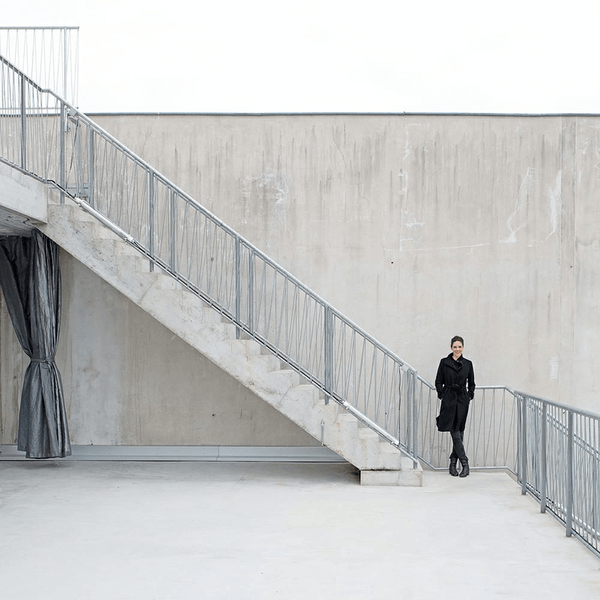City
Utrecht
Main actors
Local Government
Project area
Whole City/Administrative Region
Duration
2002 - 2020
Healthy urban living for everyone
In the 1970s, the Canal (in Dutch: Singel) that encircled the inner city of Utrecht was covered in concrete to make room for an eight-lane motorway.
In September 2020, a two-decade long project devoted to returning the Canal to its original form - a ring - was completed. The project involved extensive community and stakeholder engagement starting with a referendum on the future of the Canal in 2002.
The inner city of Utrecht is, once again, surrounded by water and greenery showcasing historic bridges and monuments and provides a healthy pathway from Utrecht station to the city centre.
Originally published by EUROCITIES, the network of 130 European cities: Link
This project was shortlisted for the Eurocities Awards in 2021 in the following category: Planning public spaces.
Eurocities Awards
This project was shortlisted for the 'Eurocities Awards' in 2021 in the following category: Planning Public Spaces.
On Map
The Map will be displayed after accepting cookie policy
